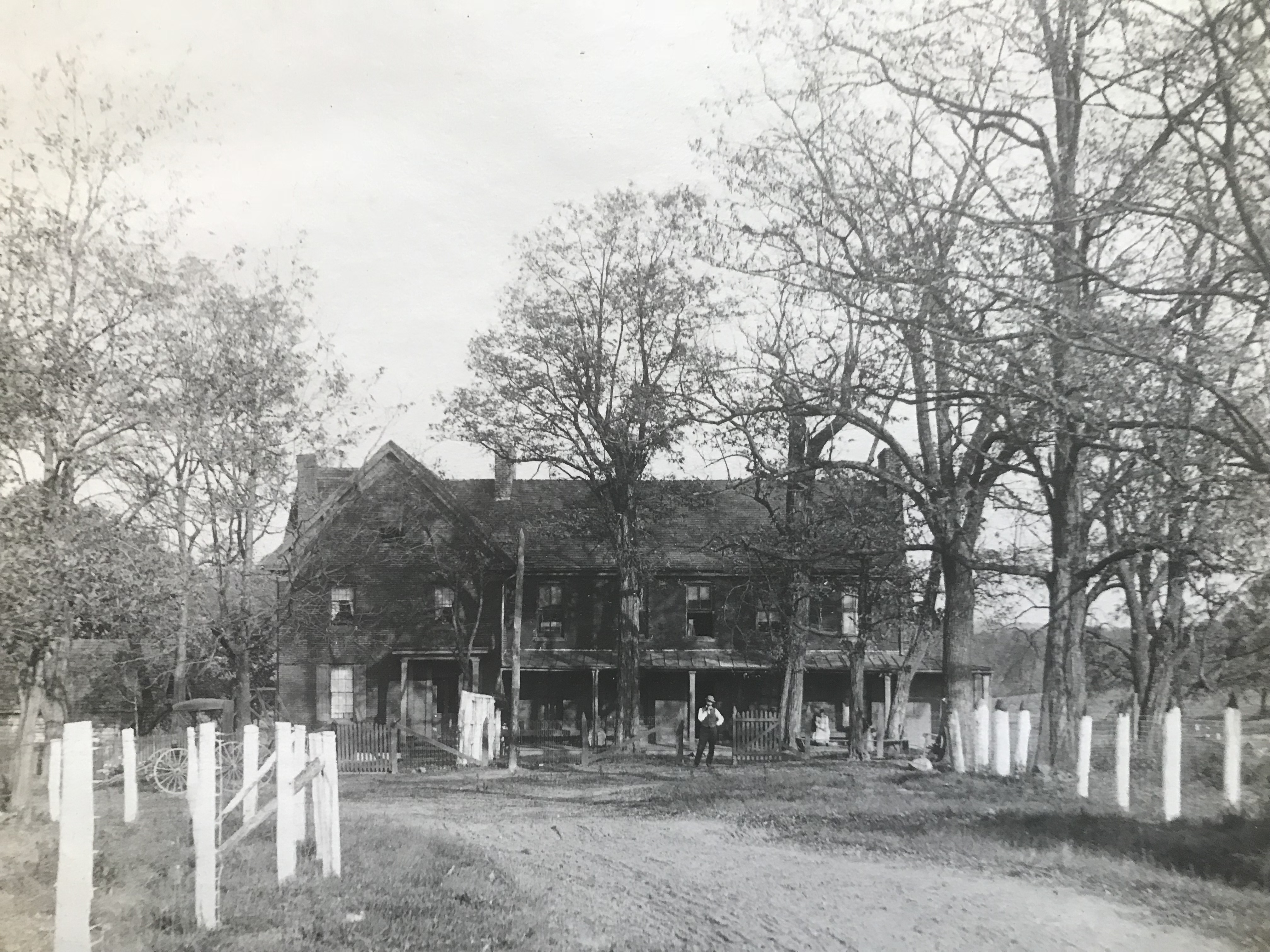Welcome to DU!
The truly grassroots left-of-center political community where regular people, not algorithms, drive the discussions and set the standards.
Join the community:
Create a free account
Support DU (and get rid of ads!):
Become a Star Member
Latest Breaking News
General Discussion
The DU Lounge
All Forums
Issue Forums
Culture Forums
Alliance Forums
Region Forums
Support Forums
Help & Search
The DU Lounge
Related: Culture Forums, Support Forums
InfoView thread info, including edit history
TrashPut this thread in your Trash Can (My DU » Trash Can)
BookmarkAdd this thread to your Bookmarks (My DU » Bookmarks)
4 replies, 602 views
ShareGet links to this post and/or share on social media
AlertAlert this post for a rule violation
PowersThere are no powers you can use on this post
EditCannot edit other people's posts
ReplyReply to this post
EditCannot edit other people's posts
Rec (0)
ReplyReply to this post
4 replies
 = new reply since forum marked as read
Highlight:
NoneDon't highlight anything
5 newestHighlight 5 most recent replies
= new reply since forum marked as read
Highlight:
NoneDon't highlight anything
5 newestHighlight 5 most recent replies
Do county farms still exist? What were/are they exacty? (Original Post)
bobbieinok
May 2019
OP
panader0
(25,816 posts)1. Parchman Farm:
mia
(8,360 posts)2. Sometimes they're known as "poor farms"....
There used to be one in Rockville, MD.
https://reedbrothersdodgehistory.wordpress.com/2018/06/27/montgomery-county-maryland-almshouse-aka-poor-farm/
Long ago, “Poor Farms” were established in the United States to take care of those who could not take care of themselves and had no one else to care for them. "The Poor Farm" is a documentary film that tells the story of the Eastmanville Poor Farm in Ottawa County, Michigan. Founded in 1866, it was the longest continually operating Poor Farm in the United States, serving its community for over 130 years. Like many such Poor Farms across the country, the Eastmanville Poor Farm provided a home for the sick, the elderly, the disabled, and anyone else unable to live independently in our society. This film was produced by TDMP faculty Joshua Pardon with assistance provided by students in the Television and Digital Media Production program at Ferris State University.
Lars39
(26,107 posts)3. A think to fear.
And good luck if you weren’t the right religion, or any religion.
Fla Dem
(23,590 posts)4. Here's a good article on Poor Houses / Poor Farms
https://www.thefencepost.com/news/the-poor-farm/
The Poor Farm
News | February 16, 2009
Judy Buffington Sammons
Gunnison, Colo.
I recently visited what was once known at Gunnison, Colorado’s, “Poor House.” This ancient house is located on north 12th Street, and has now been turned into an apartment building. It still retains many of the characteristics of a much older home. A glance inside the front door reveals a worn staircase and several doors opening off a large hallway. Something about this sad old house intrigued me and I began looking into its history and the history of poor houses and poor farms in general. A little research turned up some interesting facts.
The poor farms and poor houses of yesteryear were not places where anyone wanted to end up, that’s a certainty. They were common on Colorado’s Western Slope from the late 1800s up until the Social Security Act took place in 1935. After that time, most of them gradually disappeared. Poor houses and poor farms were inhabited by persons of all ages and descriptions, who were called “paupers.” A pauper, according to the dictionary, is a “very poor person.”
Larger cities housed these unfortunate paupers in places called almshouses, while more rural areas had county poor farms. Poor farms were institutions that were placed on land set aside by counties for the care of paupers ” a kind of warehousing of the destitute who often had little voice in the process. While the poor farm was often a county-run entity, towns sometimes provided a residence for paupers called a poor house, which was also supported by public expense.
More at link
https://www.thefencepost.com/news/the-poor-farm/
The Poor Farm
News | February 16, 2009
Judy Buffington Sammons
Gunnison, Colo.
I recently visited what was once known at Gunnison, Colorado’s, “Poor House.” This ancient house is located on north 12th Street, and has now been turned into an apartment building. It still retains many of the characteristics of a much older home. A glance inside the front door reveals a worn staircase and several doors opening off a large hallway. Something about this sad old house intrigued me and I began looking into its history and the history of poor houses and poor farms in general. A little research turned up some interesting facts.
The poor farms and poor houses of yesteryear were not places where anyone wanted to end up, that’s a certainty. They were common on Colorado’s Western Slope from the late 1800s up until the Social Security Act took place in 1935. After that time, most of them gradually disappeared. Poor houses and poor farms were inhabited by persons of all ages and descriptions, who were called “paupers.” A pauper, according to the dictionary, is a “very poor person.”
Larger cities housed these unfortunate paupers in places called almshouses, while more rural areas had county poor farms. Poor farms were institutions that were placed on land set aside by counties for the care of paupers ” a kind of warehousing of the destitute who often had little voice in the process. While the poor farm was often a county-run entity, towns sometimes provided a residence for paupers called a poor house, which was also supported by public expense.
More at link
https://www.thefencepost.com/news/the-poor-farm/